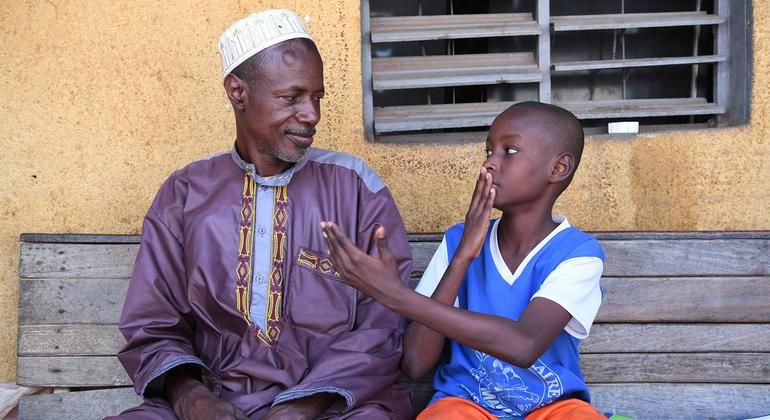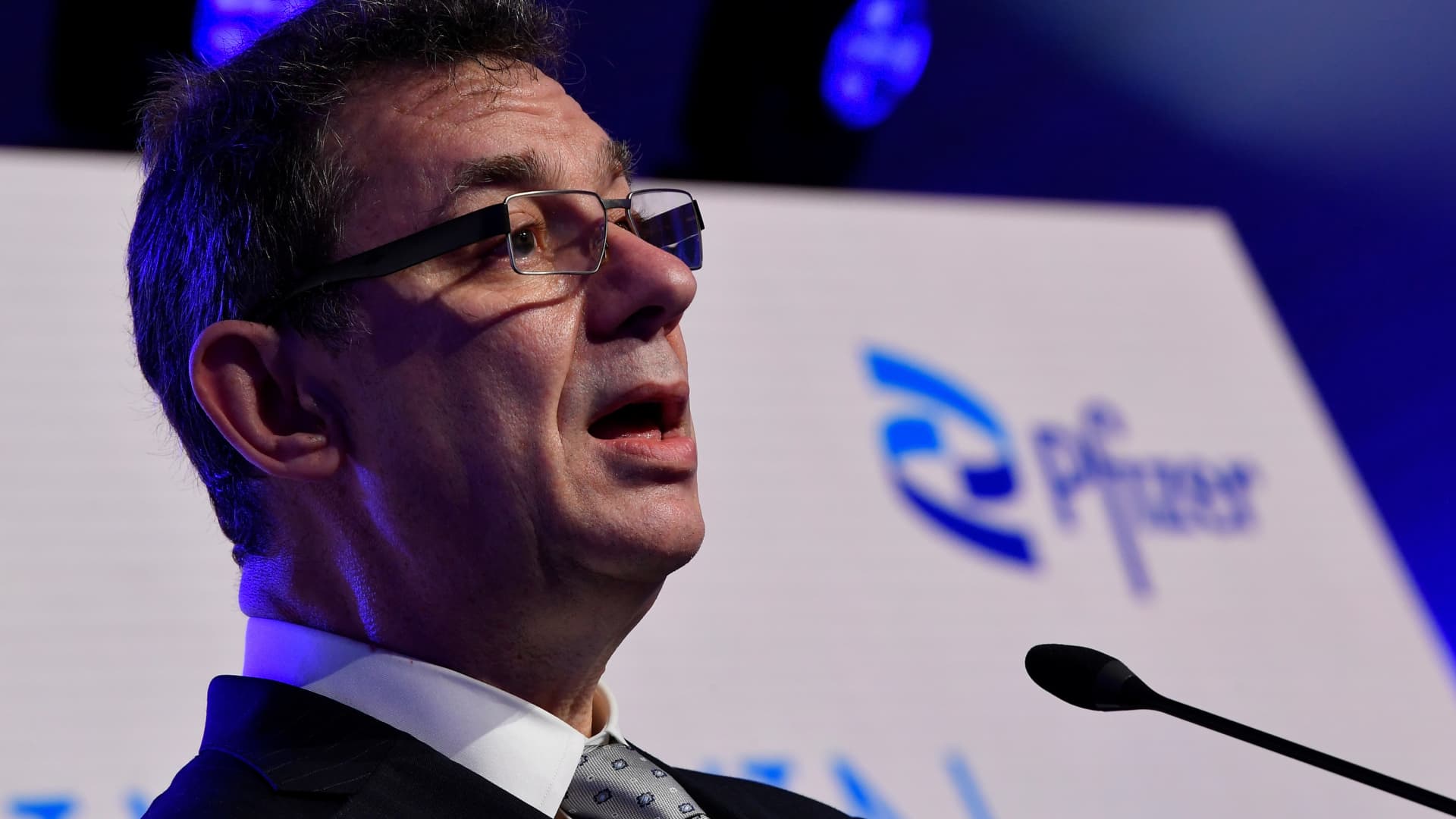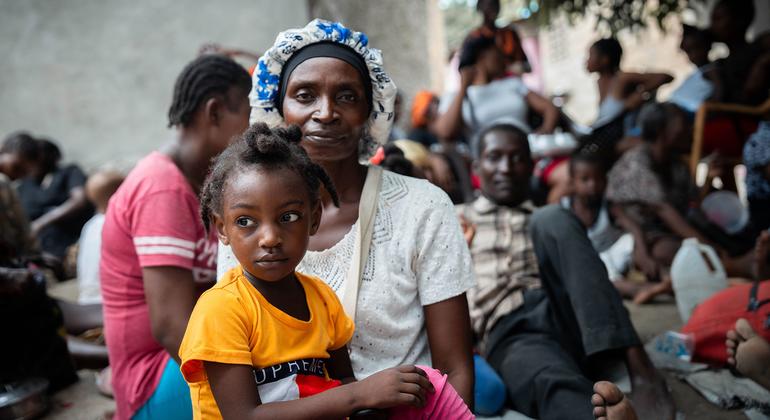“Only one in five people actually access hearing rehabilitation among those who need it,” said Dr. Shelly Chadha, head of WHO's work on prevention of deafness and hearing loss, speaking to reporters in Geneva on Friday.
Before World Hearing Dayheld on March 3, recalled that the global health agency has repeatedly drawn attention in recent years to this constantly growing problem.
There are “several barriers” contributing to the problem, Dr. Chadha explained, the most important of which is the global shortage of hearing specialists. New WHO guidelines They will surely help you overcome those obstacles.
A world that listens less
According recent dataAccording to projections, by 2050 almost 2.5 billion people will have some degree of hearing loss and at least 700 million will need hearing rehabilitation. Furthermore, more One billion young adults are at risk of permanent, preventable hearing loss. caused by unsafe listening practices.
To address the problem, WHO is reconsidering the ways in which hearing aid services are provided, especially in places where resources, especially human resources, are limited.
The underlying principle of the new approach is task sharing between highly trained specialists and trained non-specialistsexplained the WHO expert.
“Some of the tasks that traditionally fall within the purview of highly trained and skilled specialists, such as audiologists, can actually be performed by non-specialists with some training,” Dr. Chadha said, expressing hope that this will help provide more hearing aid services to people. in low- and middle-income countries.
Invest in audience
The WHO estimates that hearing problems that are not addressed carry a risk Annual fiscal loss of almost $1 trillion globally. However, less than $1.40 of additional investment per person per year is needed to expand ear and hearing care services. Over a 10-year period, this promises a return of nearly $16 for every dollar invested.
However, human resource shortages, coupled with lack of policies or insufficient funding, are only one side of the challenge.
Breaking myths and prejudices
Even in places where testing, hearing aids and rehabilitation are available through the health system and are free, people do not always access these services, the study shows.
“As much as the health system challenges, it is the Deep-rooted social misperceptions and stigmatizing mindsets those are key factors that limit our efforts to prevent and address hearing loss,” Dr. Chadha explained.
Myths that only older people suffer from hearing loss or the idea that hearing aids are always too expensive or inefficient cause harm, not only to people whose lives could be much better, but also negatively impact the economy.
Every year, WHO uses World Hearing Day to raise awareness about the problem, break down stereotypes and misperceptions, and help more people get assistance to improve their lives.












